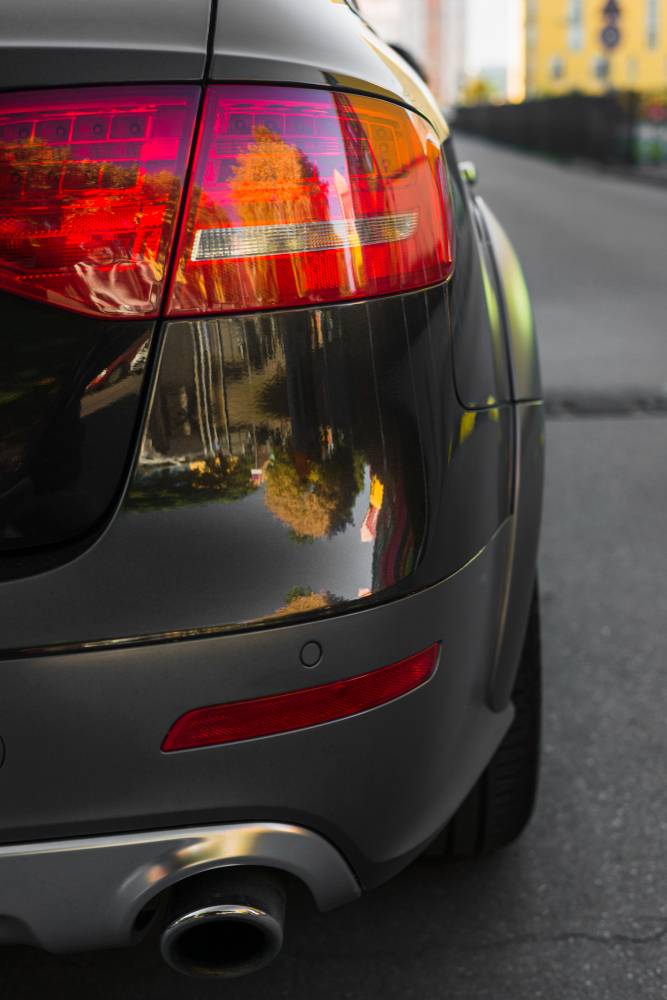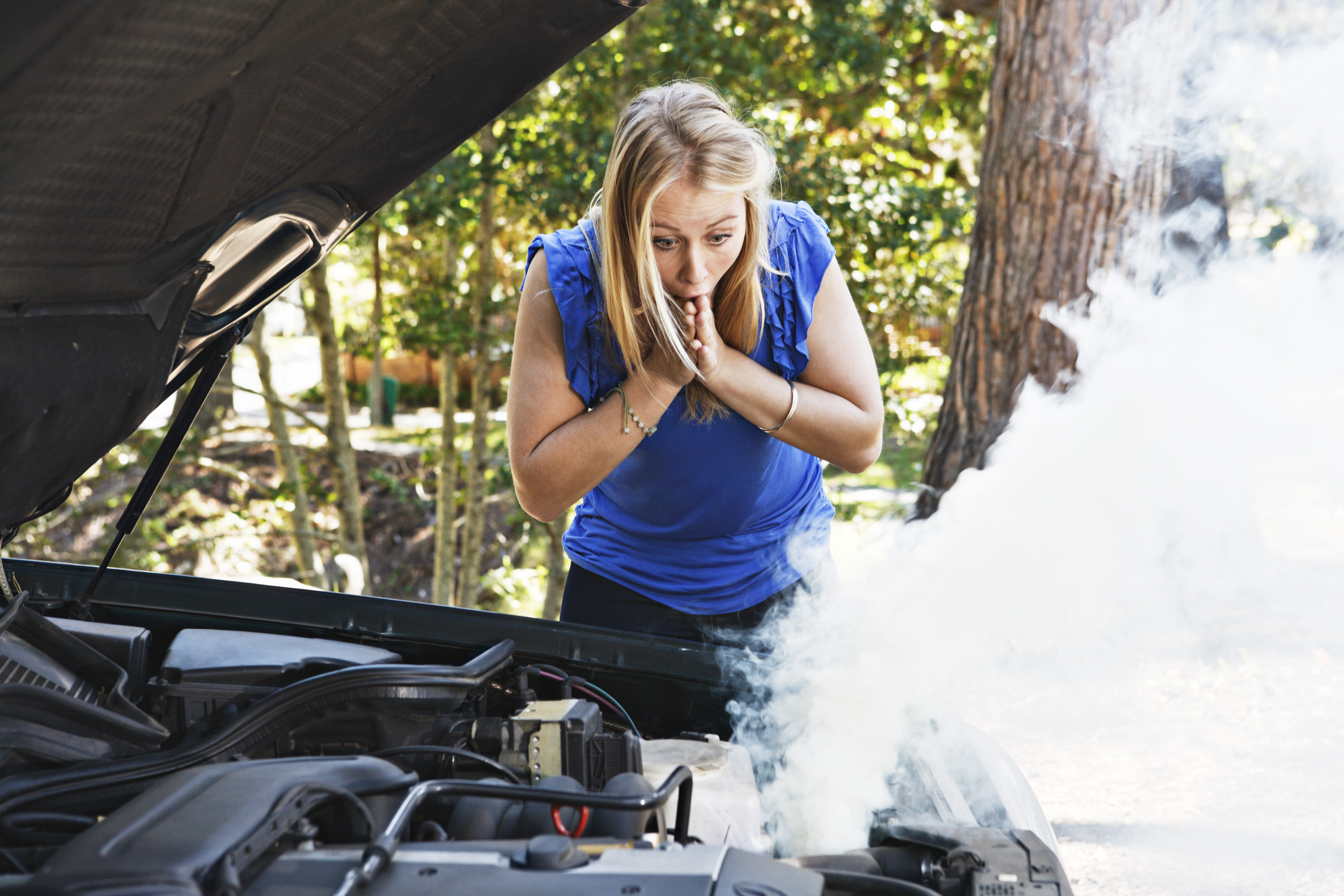
What happens if i drive my car with the engine temperature being COLD?

The adage that we need to idle the car and warm it up before we drive, is just that - old. Whilst it may have been valid for the older type carburetor driven engines, technology has advance and with the electronic fuel injection (E.F.I.), the system automatically compensate with additional fuel being dumped into a cold engine before the motor exceed the temperature of 40 degrees. When the engine is cold and not properly warmed up, driving at excessive speeds allows the unburnt additional fuel - being dumped by the E.F..I, will seep along the wall and cause and washes the oil off the cylinders in the engine. With no oil, we do not have a thermodynamic wedge, these leads to metal to metal contact and eventual wear of your engine.
What happens if i drive my car with the engine temperature being HOT?

Driving your car for excessive periods of time with the engine temperature being hot can lead to overheating and eventual damage to the engine of your car, more importantly the vehicle could come to a complete stop in an unknown area. One of the most common side effects of a car that has experienced overheating is s follows :
- Car is unable to start
- Coolant Level has been depleted
- Cooling system is leaking and hissing from over-pressure
- The cooling systems makes a bubbling noise
- The engine cylinder head gasket is blown
- The cooling system and engine oil system become cross contaminated with each other.
During normal driving, the temperature of an engine should read between Cold and Hot which means the cooling system is working effectively to maintain the overall function of the engine.
What should i do if my car overheats?

If your car overheats, do not drive for more than a quarter mile. Have it wrecked in order to avoid further damage to your engine. As an alternate resource you can follow the following steps as quoted from the NSC (National Safety Council).
- Pull over in a safe location and switch off your car
- Do Not open the hood the car has completely cooled or the temperature gauge has moved from Hot to Cool
- When the temperature has cooled, open the bonnet and check the coolant level - refer to cooling systems in this blog.
- Make sure the radiator cap is cool ( you can hold with your hand for more than 30 seconds. Slowly twist of off with a cloth or towel, beware of any hot system, if needed, fill up or top up the cooling system with coolant or in am emergency situation, water. Put the radiator cap back on and ensure is properly secured.
- Look at the hoses lead from the the engine to the radiator and the hose that goes from the radiator to the engine, make sure non of them are disconnected
- With the bonnet open, restart the engine, look for leaks and monitor the engine temperature
- If the temperature is normal, you may proceed to drive, if the the temperature goes back to the hot marking, pull over to a safe location and switch off
While your best option will be to get to a mechanic, your safest bet is to be always prepared, Ensure you store these essential items in your car : Coolant, Tool Kit, Working Flashlight, air pump, non perishable food items and water.
What should i do if i get a tyre blowout on the highway ?

Driving with a flat tyre is always going to be a problem. But experiencing a blowout while driving on the highway especially at just under 100 mph - which the majority of drive at, can present special dangers. These tips have been offered by NSC to help.
- At the first indication of trouble, grip the steering wheel firmly with both hands
- Do not slam on the brakes
- Let the car slow down by removing your foot from the gas pedal
- Guide the vehicle to the left - Emergency Lane - if necessary to change lanes, put on your indicators
- Take your time and steer the vehicle to a complete stop
- When the vehicle has stopped, put on your emergency or hazard lights
- It is important to have the car well of the highway, at this time you can drive with the flat tyre just to secure the vehicle.
- Remember being safe at this time must take precedence over your schedule.
- Raise your bonnet so either Police or a tow truck will know you are in distress
- Do not stand behind or next to the vehicle on the incoming traffic pathway.
- Proceed to change your tyre.
2 comments:
Very informative tips. So grateful for this site. It has really shared so much helpful information especially for a female driver who might not know the how to’s and the what’s what with respect to a vehicle. Kudos to you for a great site 👍👍👍
Useful info!
Post a Comment